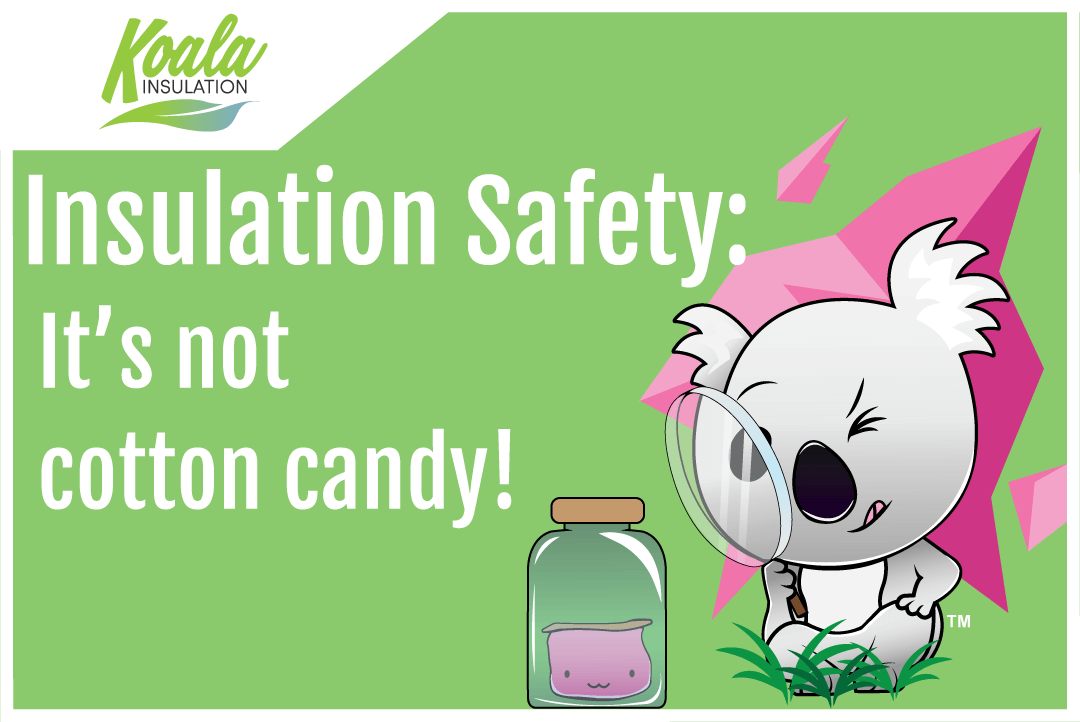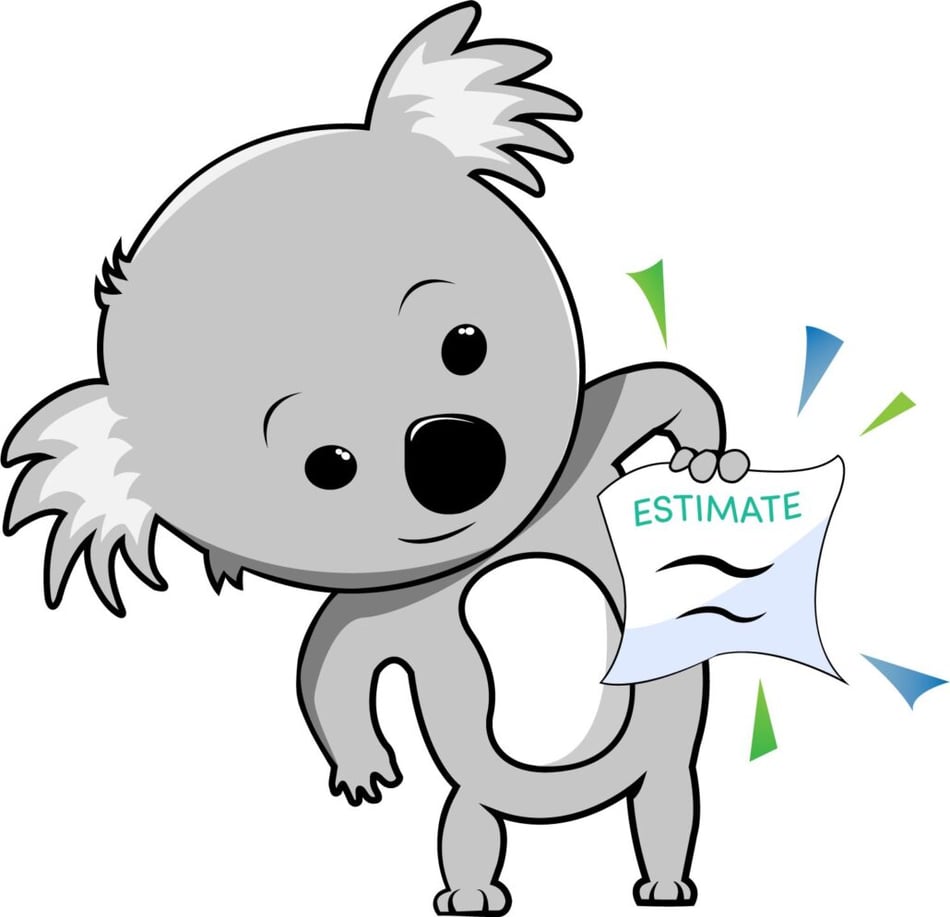Insulation Safety: It’s Not Cotton Candy!

Have you ever heard your parents or told your own children not to eat or touch the “fluffy pink stuff” in the attic or basement? While this is a common warning, not all homeowners – or commercial building owners – may know the insulation safety facts that come with the precaution. This type of insulation is fiberglass, used in both blow-in and batt types. In order to be safe and educated, keep in mind these three I’s of safety.
Installation
Insulation is usually installed by professionals, however there are cases where an experienced homeowner chooses to install it themselves. In either case, those handling the fiberglass should be cautious. Cover your skin as much as possible. Wearing loose-fitting long sleeve shirts and pants protects most of your body, but also remember to have on a hat and protective eye goggles, as well as gloves. Nitrile covered work gloves are the best to have when handling fiberglass; they block the particles from getting in and the material of the glove is breathable, so they don’t fill with sweat. However, using any kind of rubber work glove instead of cloth will reduce the risk of the fibers getting through the material. Ventilation is important by keeping vents or windows open, but a mask should still be worn to reduce lung irritation.
After installation, the workspace should be vacuumed and properly cleaned to ensure less loose fibers are left. Koala Insulation professionals are not only available for experienced installations, but can answer questions on proper installation procedures.
Interaction
When interacting with fiberglass insulation, there is the risk of coming into physical contact with the material. Made up of fine glass fibers, fiberglass will irritate the skin on contact, causing a red and itchy rash. It can also irritate your eyes and breathing, because fibers are released in the air when interacted with. According to Mesothelioma.net, while fiberglass is safer than asbestos, long exposure to the irritant could cause health problems so your time around it should be limited. Be sure to follow similar insulation safety coverage procedures as installation when planning on being near fiberglass for longer periods.
Inspection
Regular testing of your insulation is important in keeping your building energy efficient. The R-value of fiberglass and asbestos insulation can reduce over time, causing air leakage and energy (heat) loss. Koala Insulation provides testing to ensure your building’s insulation is installed and functioning properly. When you find your insulation needs to be reinstalled, it’s time to go back through the cycle!
Coming Full Circle in Insulation Safety
Now that you understand the three I’s of safety for fiberglass insulation, you have a better explanation than “Don’t eat the pink stuff!” While this cycle is slowly continuous, the majority of the concern is on the Interaction step. Paying close attention to the insulation safety procedures above will keep your environment happy and healthy.
Koala Insulation employees train in-house on how to properly handle, install and inspect various types of insulation. When looking for experts to guide you on selecting and installing the proper insulation for your home, contact your local Koala Insulation franchise.
Find Your Location


Get a quote


